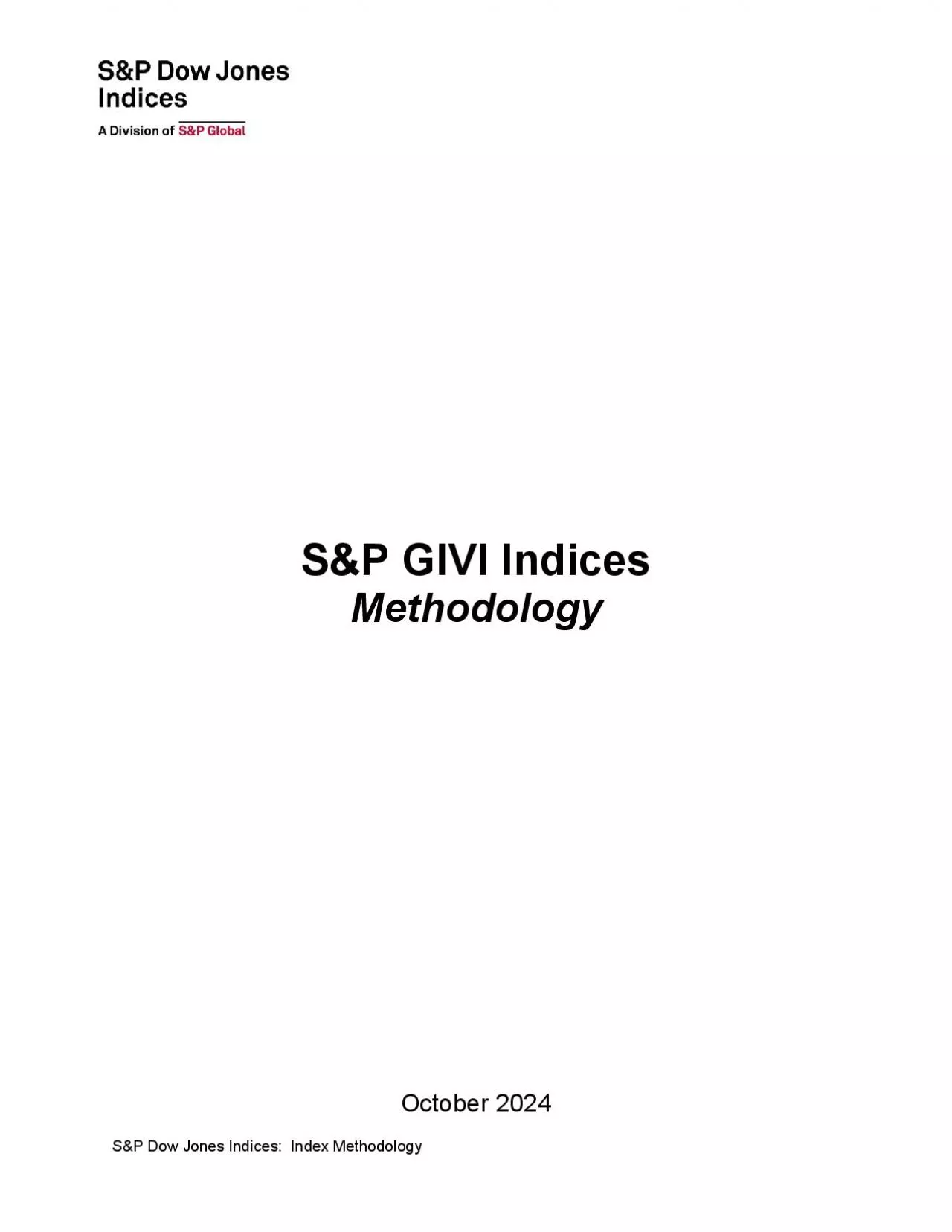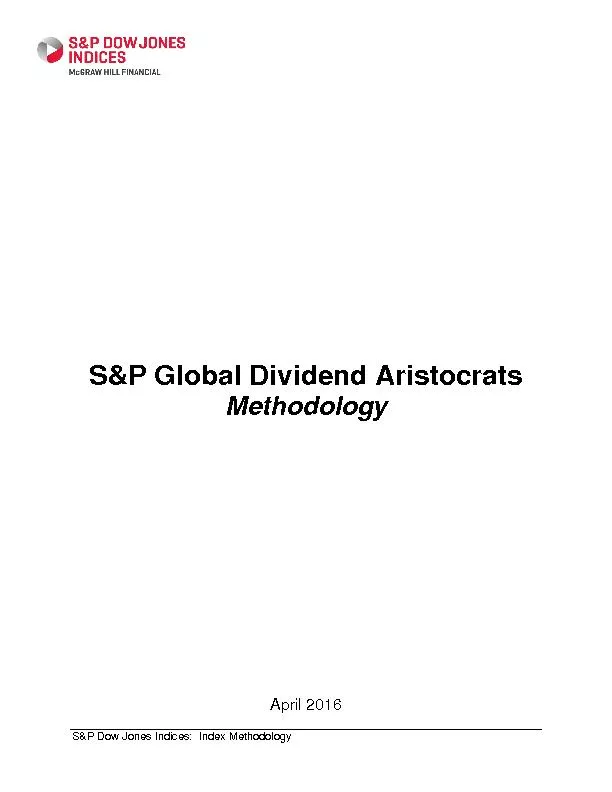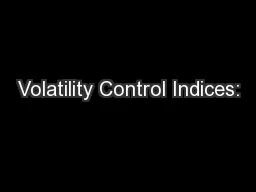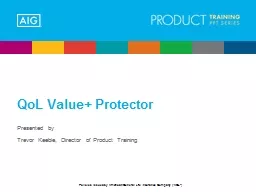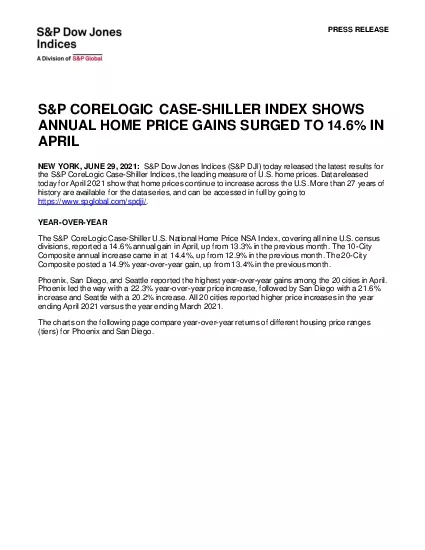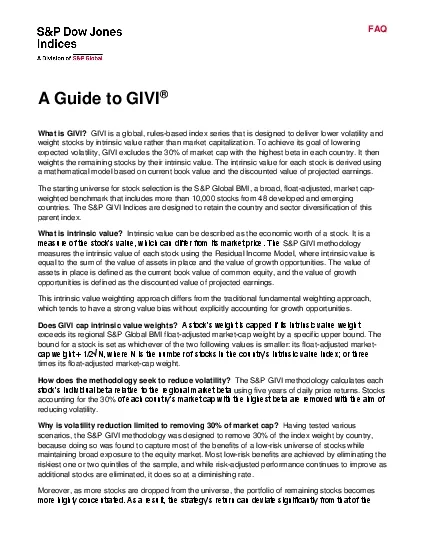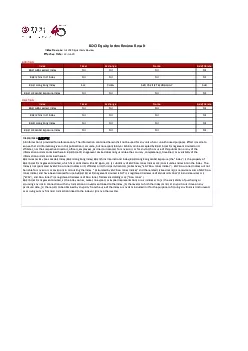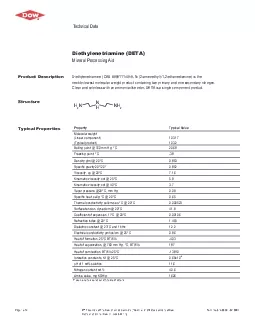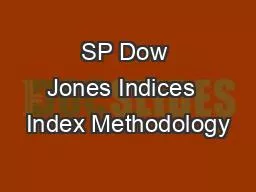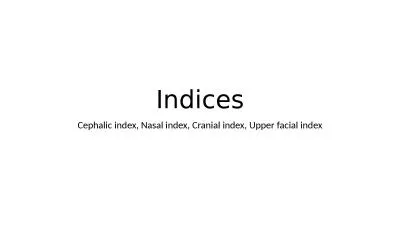PDF-SP Dow Jones Indices Index Methodology
Author : eleanor | Published Date : 2021-08-17
March2021SP GIVI IndicesMethodologySP Dow Jones Indices SP GIVI Indices Methodology2Table of ContentsIntroduction4Index Objective4Highlights4Supporting Documents4Index
Presentation Embed Code
Download Presentation
Download Presentation The PPT/PDF document "SP Dow Jones Indices Index Methodology" is the property of its rightful owner. Permission is granted to download and print the materials on this website for personal, non-commercial use only, and to display it on your personal computer provided you do not modify the materials and that you retain all copyright notices contained in the materials. By downloading content from our website, you accept the terms of this agreement.
SP Dow Jones Indices Index Methodology: Transcript
Download Rules Of Document
"SP Dow Jones Indices Index Methodology"The content belongs to its owner. You may download and print it for personal use, without modification, and keep all copyright notices. By downloading, you agree to these terms.
Related Documents

